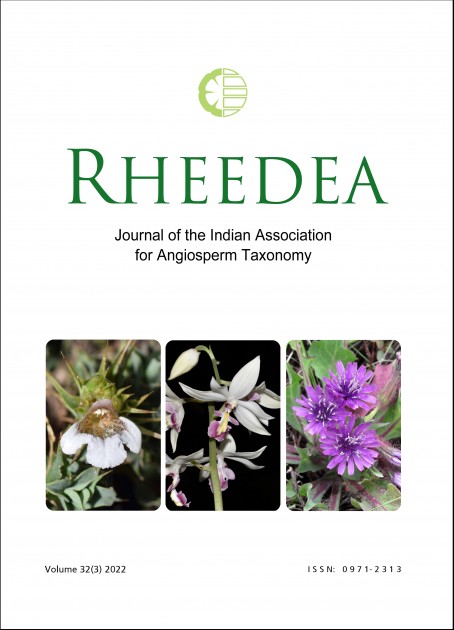Morphological diversity of winged diaspores of woody angiosperms in South India and their significance in dispersal
Drisya V.V., Pramod C. & A.K. Pradeep
Published on : 30-Sep-2022
DOI : https://dx.doi.org/10.22244/rheedea.2022.32.03.01
DownloadAbstract
Dispersal units, technically seeds, fruits and infructescences equipped with wings for their long- distance dispersal are called winged diaspores. The diversity of flowering plants in South India is noteworthy, and they create a wide range of diaspore morphologies, as evident in their dispersal methods. The present study was carried out to prepare a list of woody angiosperms (both native and introduced) in South India, producing winged diaspores and to analyse their morphological variations, wing formation, and their significance in dispersal. Information from field studies and available literature resulted in a list of 186 species (of which 40 are introduced) which produce winged diaspores, distributed among 26 families in South India. The wings in these diaspores develop from the integument, ovary, perianth whorls or bracts. With a variety of morphology and flight behaviours, they are generally adapted to dispersal by wind, with the exception of a few that are adapted to dispersal by water. The study shows that wings of the diaspores are significant to their survival and distribution.
